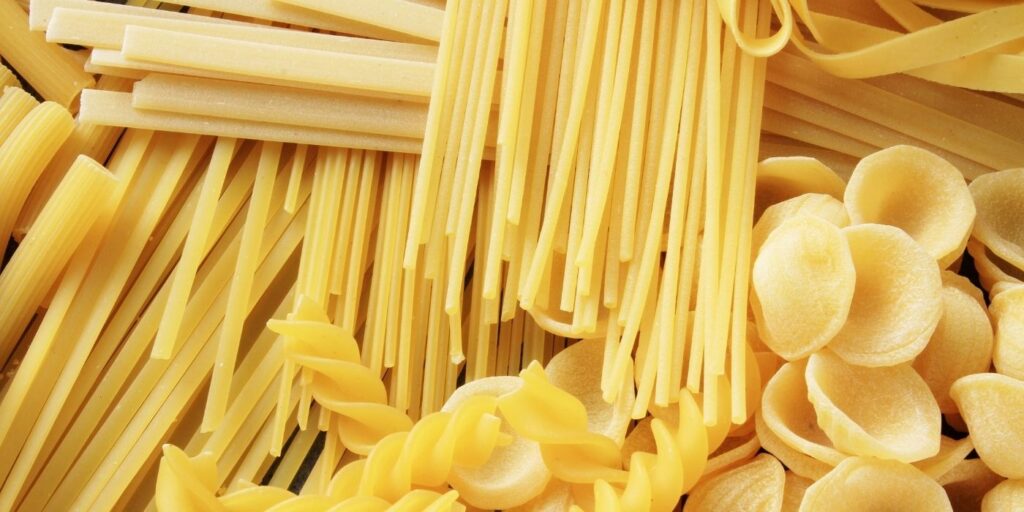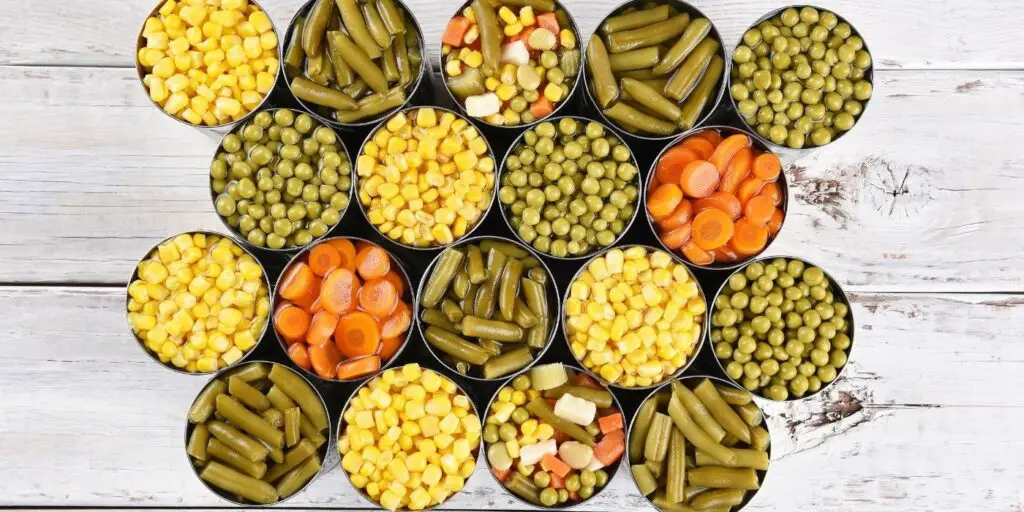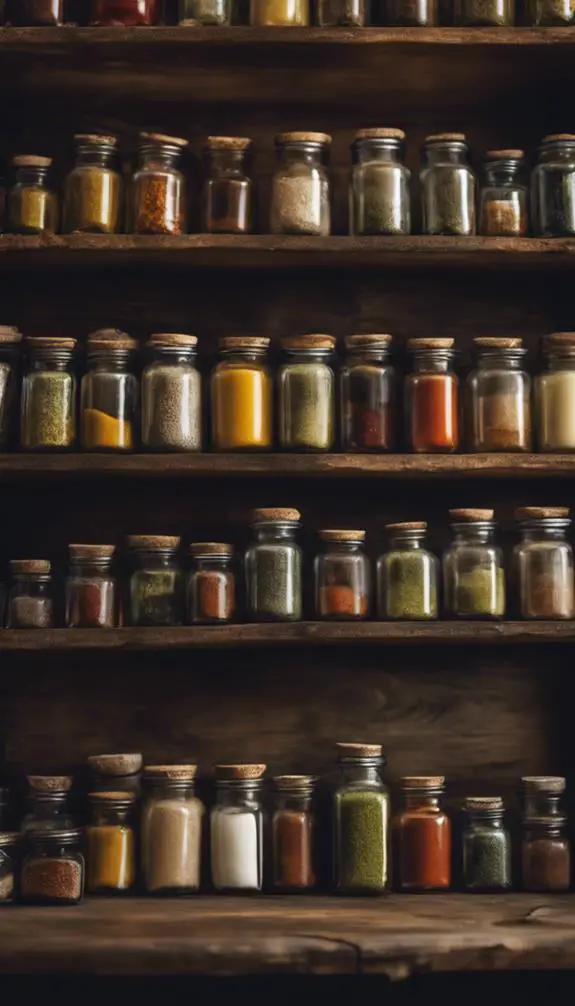Top 10 Foods To Store For Survival: 5 Tips On How To Keep Them Fresh
If you are thinking of getting some foods put away for emergency situations or just adding some foods to your prepper pantry – then you are in the right place.
In this blog post, I will be sharing my top 10 foods to store for survival and my best 5 tips to keep them fresh.
Why is Storing Food Important?
The American Red Cross recommends having two weeks worth of emergency rations per person at home while some people recommend three months. We agree with those who advocate storing an extra 3-month supply of foods just in case something happens longer than expected without any hope of being saved by rescue crews or anyone else’s assistance because what if we aren’t rescued after one month but instead go five months or more before they find us again?
Where to Start
The simplest way to start gathering foods to store for survival would be to write down a list of foods that your family like to eat.
I know that we are potentially talking about a survival situation and you are probably thinking, “they don’t have to like it” but stocking up on foods that your family likes will makes things much more pleasant around meal time.
So, make a list of the foods that your family like. You are essentially making a menu plan for an emergency situation. Once you have that list of foods then look at their shelf life to see what will store well.
For example, my family of eight loves eating rice and beans so making a few variations of those will be a great option for us. Lentils on the other hand, are a completely different story. Our family doesn’t like lentils so it doesn’t make a lot of sense for us to stockpile them.
Here is my Top 10 Foods to Store for Survival:
Beans and lentils.
Beans and lentils are my go-to for an easy, hearty dish that will keep me full. They’re high in protein, nutrients, fiber (especially if you combine them with some type of whole grain) so they won’t leave you feeling hungry later on during the day.
Plus I love how their rich flavor can be dressed up or down depending on what kind of spice blend a person is into at any given time; there’s just something about beans and legumes!
Rice.
Rice is one of the best foods to store for survival. It is a staple of many cuisines, rice is a versatile food that can be prepared in countless ways. It’s also can be stored for along time and difficult to spoil with improper storage conditions because it doesn’t contain any significant amount of water for bacteria to grow on.
Pasta.
Pasta is a meal that can be altered to suit any appetite. From cream sauces and carbonara, all the way to vegan meals with fresh vegetables, pasta will never go out of style. It has been around for centuries now!

Pasta dishes are as varied as they come–from creamy classic Alfredo sauce or rich Carbonara; from chunky Sausage Pastas loaded with meatballs and bacon bits served in tomato-based sauces; to more modern vegetable pastas made with seasonal produce like zucchini noodles tossed in pesto or butternut squash ravioli stuffed full of ricotta cheese.
With options like these there’s truly something perfect for every taste bud out there – it’s no wonder why pasta is one of the best foods to store for survival.
Sugar and honey.
The natural sweetness of honey and sugar is a great way to make your food more enjoyable. Honey especially can be stored for up to six years, making it the perfect ingredient if you want something sweet that will last.
Sugar on the other hand needs refrigeration after 3 months so its better suited as a cooking option rather than being eaten by itself or in recipes with long shelf lives like baked goods!
Peanut butter is a versatile and tasty treat that’s easy to take with you anywhere. It also has lots of protein, healthy fats, vitamins like B6 which helps convert sugar into energy in your muscles instead of just storing it as fat!
Peanuts are the lowest-cost nut out there; they have tons of good things including fiber for keeping hunger at bay while providing substance too. Peanut butter can be eaten on its own or added into smoothies to give them some extra heft.
The best thing about peanut butter though? There’s never any leftovers when I make my favorite recipe: whole wheat bread smeared with 1½ tablespoons (or more if desired) organic crunchy peanut butters topped off by two teaspoons of grape jelly. Wow, I am hungry just thinking about it.
Lard or shortening like Crisco.
Crisco is a solid cooking oil that lasts for an exceptionally long time. It’s high in calories and could add some much-needed flavor to otherwise bland foods, so if you plan on using it often then have no fear!
Salt.
Salt is a preservative, flavor enhancer and an additive. It can be easily obtained from seawater which makes it both cheap to produce and tradeable in the global market.
Cornmeal.
Cornmeal offers a wider variety of options than flour and it requires fewer ingredients. It also has an extended shelf life when compared to that for ordinary wheat flours, but the price is reasonable enough not break your budget either so I recommend having some on hand for those times you need bread in a pinch.
Canned meats.
Canned meats are a great way to have quick and easy protein without having to worry about freshness. They also offer some much-needed flavor for your meal if you’re feeling like all the dishes in your pantry look too bland or boring! Cans of meat can be fairly expensive, so make sure that when you do buy them on sale, stock up – they last longer than one might think.
Canned fruits and vegetables.
Eating canned fruits and vegetables is a way to mix up your diet while saving money. Consider choosing low-acidic foods that will last longer like carrots, pears, or pineapple.

Extras to Consider:
Powdered protein.
Protein powder is a quick-fix for anyone who needs to add protein calories and nutrients into their diet. It’s important, however, that you find the right kind of protein—a vegan or vegetarian would need soy rather than whey!
Powdered Gatorade.
Gatorade powder is a great way to add flavor to regular water to give you a change of pace. It also contains critical electrolytes to help replace the electrolytes lost when you sweat.
Jerky.
Jerky is another great food to store for survival because it keeps well when store properly. Jerky contains roughly 11 grams of protein and about 80 calories per ounce depending on brand. To have another source of protein on hand is a game changer.
What is the best survival food with long shelf life?
The best survival food with long shelf lives are things like rice, beans, pasta, hard grains like buckwheat, soft grains like barley and grits are some of the foods that I would recommend. These will last for a long time without going bad as long as you keep them in a dry spot. These foods are the foundations of a lot of different prepper meals.
Does canned meat expire?
Canned meats will be safe to eat indefinitely if stored in a cool dry spot in your home. The other thing is to make sure that the can is not damaged in anyway or rusted. If the can has any visible signs of damage, such as dents or rusting – do not consume it!
Is peanut butter a good survival food?
Peanut butter is a really good survival food because it’s shelf-stable, nutrient rich, calorie dense and affordable. It can even last up to 10 years in powdered form for easy storage!
If you like this post about the top 10 foods to store for survival, please consider sharing it on social media and with friends. Also check out our article The Ultimate DIY 72 Hour Kit.




